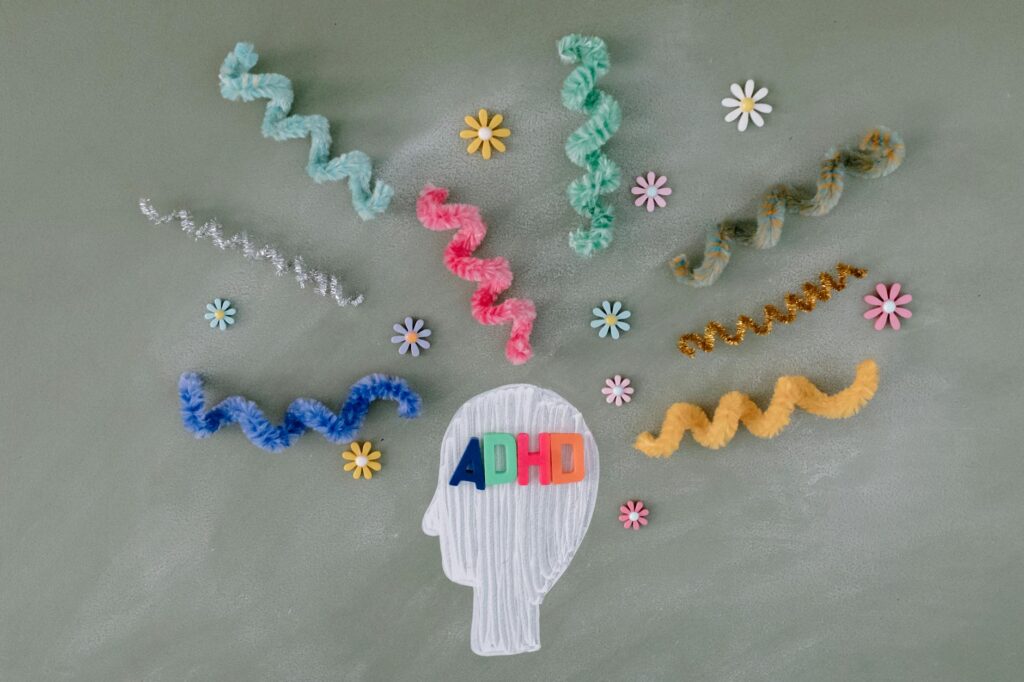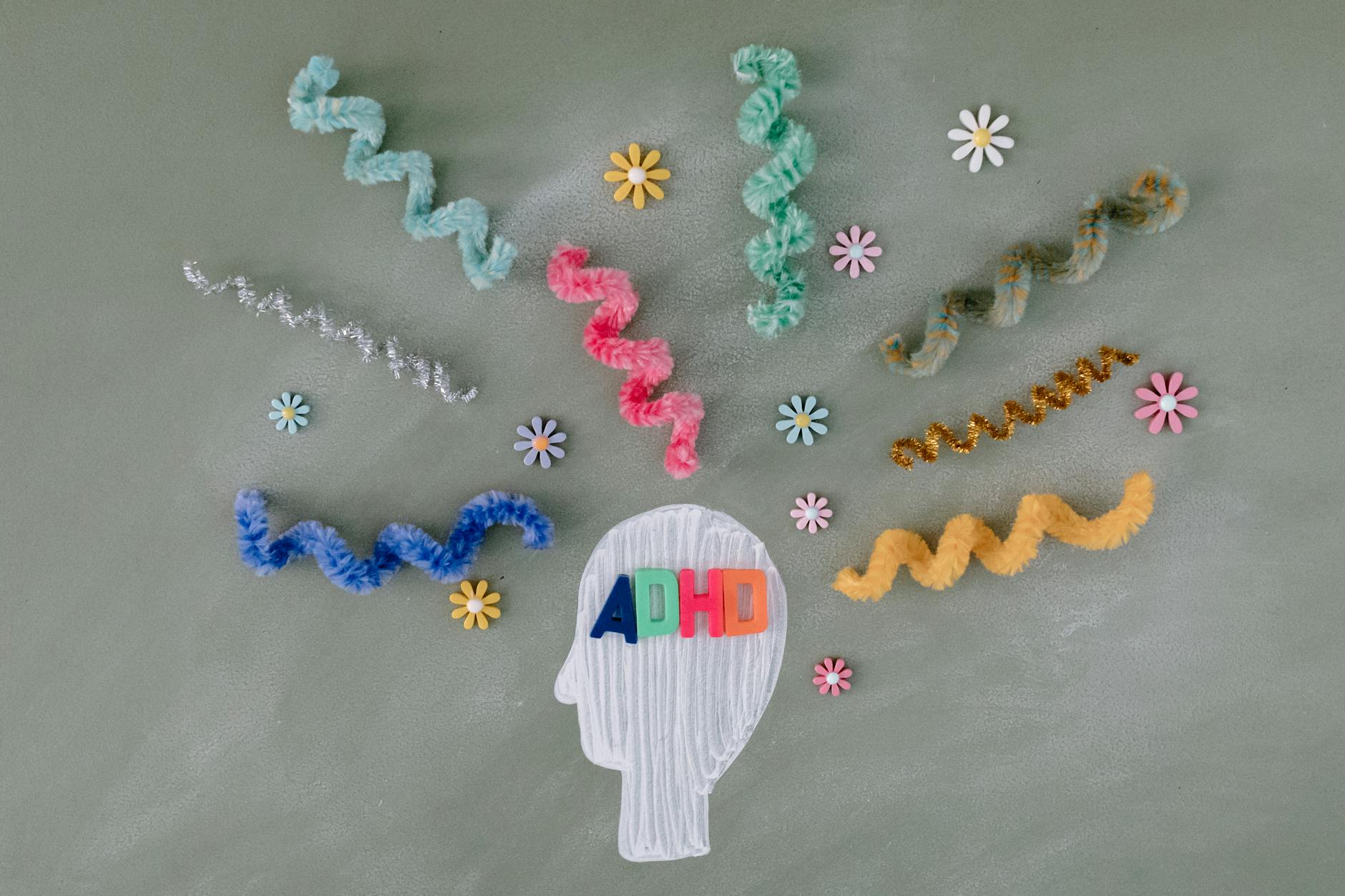What is attention deficit disorder?

What is attention deficit disorder?
Attention Deficit Disorder (ADD) is often misunderstood yet profoundly impacts productivity and personal development. This condition can affect anyone, regardless of age, and understanding it is crucial for managing daily life and achieving personal goals.
Understanding Attention Deficit Disorder
Attention Deficit Disorder refers to a neurological condition that primarily affects an individual’s ability to focus and maintain attention. While many people use ADD interchangeably with Attention-Deficit/Hyperactivity Disorder (ADHD), it’s important to note that ADD is characterized by inattention without the hyperactivity component often associated with ADHD. The key characteristics of ADD include difficulty sustaining attention, forgetfulness, and a tendency to become easily distracted.

Photo by Tara Winstead
Symptoms of Attention Deficit Disorder
Individuals with ADD may exhibit a range of symptoms that can vary in intensity. Common symptoms include:
- Inattention: Difficulty focusing on tasks, frequently losing things, and making careless mistakes.
- Hyperactivity: Though not always prominent in ADD, some may still experience fidgeting or restlessness.
- Impulsivity: Acting without thinking, interrupting others, or having difficulty waiting for one’s turn.
For a more detailed overview of symptoms, you can refer to resources like CDC’s Symptoms of ADHD.
Causes and Risk Factors
The exact causes of ADD remain largely unknown, but several contributing factors are believed to influence its development. These include:
- Genetics: Studies suggest that ADD tends to run in families, indicating a hereditary component.
- Environmental Influences: Factors such as exposure to toxins during pregnancy or early childhood may increase risk.
- Neurological Factors: Differences in brain structure and function can play a role in how attention processes occur.
Research indicates that these factors combined contribute to the likelihood of developing ADD (NHS on Causes of ADHD).
Diagnosing Attention Deficit Disorder
Diagnosing ADD is a multi-step process. There’s no single test to determine if someone has the disorder. Instead, healthcare professionals conduct thorough evaluations to collect relevant information.
Assessment Tools and Criteria
Common tools in the diagnostic process include behavioral checklists and structured interviews. These assessments help capture symptoms and their impact on daily functioning. Based on the criteria outlined in the DSM-5 (Diagnostic and Statistical Manual of Mental Disorders), clinicians assess the frequency and context of symptoms.
Professional Consultation
Seeking help from a qualified professional is essential for accurate diagnosis. A comprehensive evaluation ensures that other potential causes of inattention or hyperactivity are ruled out. For more information on the diagnostic process, you can explore this guide from the CDC.
Managing Attention Deficit Disorder
Once diagnosed, managing ADD effectively can significantly improve quality of life. Various strategies can help individuals cope with their symptoms.
Medication Options
Medications often play a crucial role in managing ADD symptoms. Common medications include stimulants like methylphenidate and amphetamines, which help increase attention span and decrease impulsivity. Non-stimulant options are also available for those who prefer alternatives.
Therapeutic Approaches
In addition to medication, therapeutic interventions like Cognitive-Behavioral Therapy (CBT) and psychoeducation can be highly effective. These approaches help individuals develop coping strategies, organizational skills, and better emotional regulation.
Lifestyle Changes for Better Focus
Implementing lifestyle changes can also aid in managing ADD symptoms. Consider the following adjustments:
- Nutrition: A balanced diet rich in omega-3 fatty acids and whole grains can enhance brain function.
- Exercise: Regular physical activity can improve concentration and reduce impulsivity.
- Mindfulness: Practices such as meditation can help increase awareness and focus.
For further tips on managing ADD, resources like HelpGuide offer valuable strategies.
Impacts of Attention Deficit Disorder on Life
ADD doesn’t just affect individuals; it has broader implications on their productivity, work-life balance, and personal relationships.
Challenges in Academic and Work Settings
In academic environments, students with ADD often struggle with focus, organization, and time management. These challenges can lead to lower grades and increased frustration. In the workplace, ADD can affect performance, making it difficult to meet deadlines or follow through on tasks.
Effects on Personal Relationships
ADD can also impact relationships with family and friends. Individuals may inadvertently overlook important events or forget commitments, leading to misunderstandings. Open communication and support from loved ones are vital for navigating these challenges.
Conclusion
Understanding Attention Deficit Disorder is essential for those affected and their loved ones. By recognizing its symptoms, causes, and management strategies, individuals can work towards improving their productivity and quality of life. Whether it involves seeking professional help, making lifestyle changes, or finding effective coping mechanisms, managing ADD is not just about overcoming obstacles; it’s about unlocking potential and achieving personal goals. For more information on ADD and its management, consider visiting NIMH’s page on ADHD.
